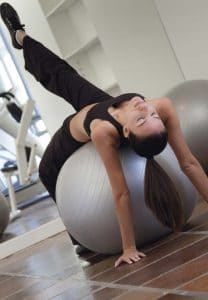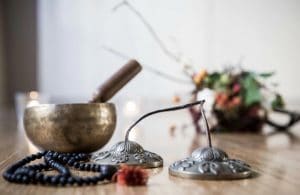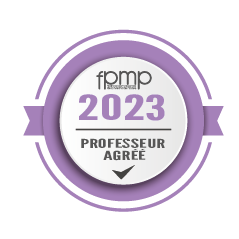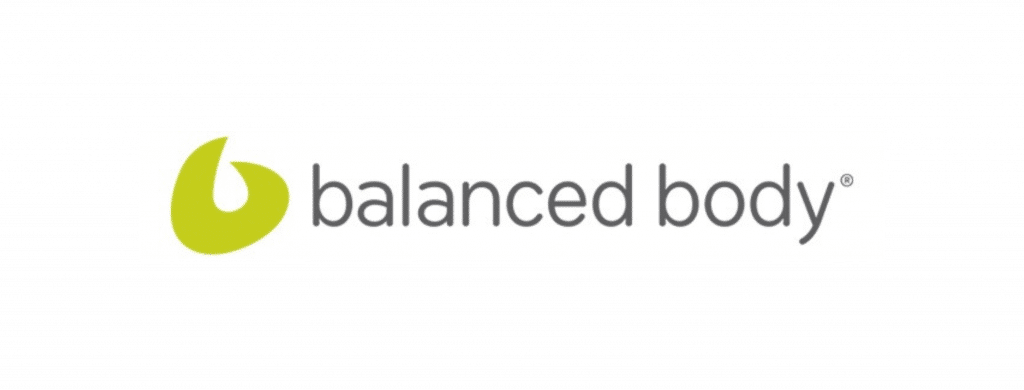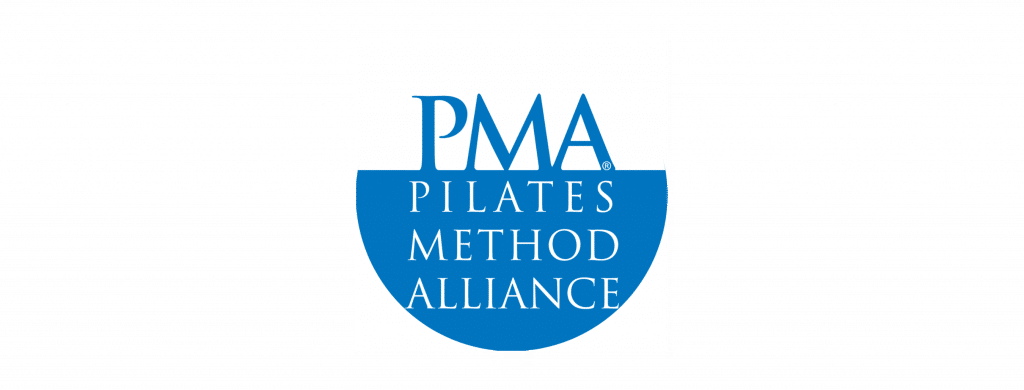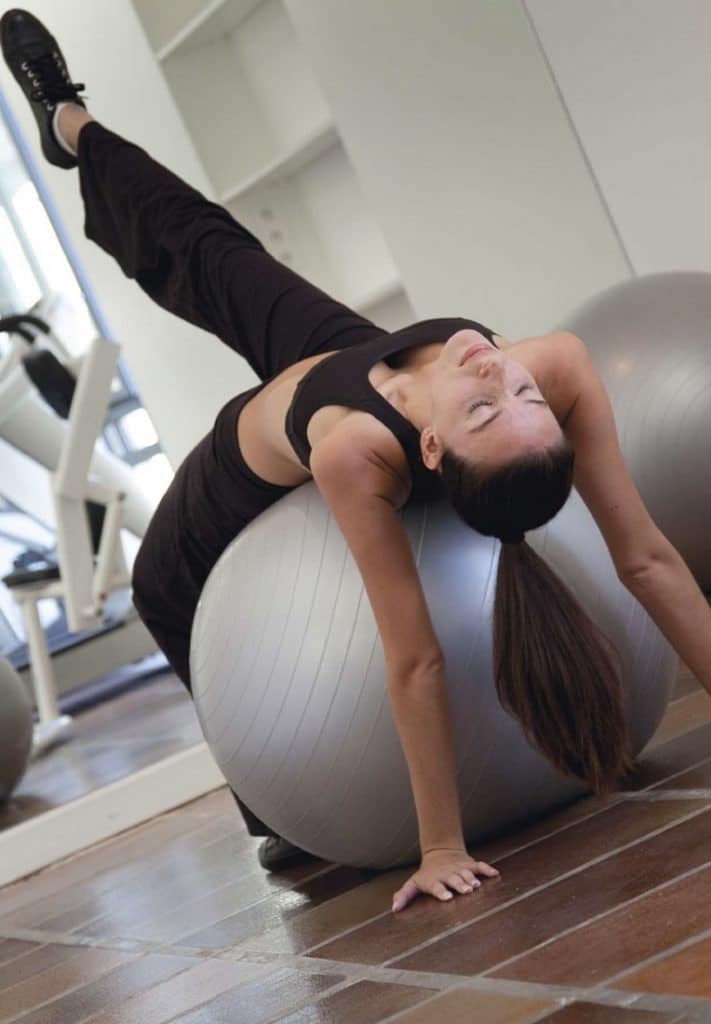
Why do Pilates?
Modern Pilates instructors have put forward basic principles from the teachings of Joseph Pilates. These are the fundamental concepts of the method as it is taught today.
So on your marks, get set… do yourself some good!
The Control
The basis of the Pilates method is the control of the body by the mind. The exercises should be performed in a smooth and coordinated manner from start to finish. This requires anchoring the body, aligning the spine, contracting the abdomen, activating the muscles involved and breathing regularly.
Centering
In Pilates, all movements emanate from the centre of the body, namely the abdominal muscles, the lower back muscles and the perineum, which are the fundamental source of strength, stability and energy.
Centering also requires proper alignment of the spine to improve posture and balance, and balanced muscle development on both sides of the body.
Breathing
Joseph Pilates believed that most people breathed inefficiently, breathing in shallowly and engaging mostly the upper part of their lungs. His method requires deep, thoracic breathing, during which the intercostal muscles, located between each adjacent rib, bulge outwards and thus the laterals. This lateral breathing, unlike diaphragmatic breathing, allows the abdominal muscles to remain stable and contracted throughout the exercise. Another advantage of thoracic breathing is the amount of oxygen it brings into the lower lobes of the lungs, oxygenating the blood even more. Chest breathing also improves the mobility of the rib cage, spine and shoulder blades.
Concentration
The connection between mind and body is a fundamental concept in Pilates. Visualise the steps as you prepare, focus on breathing and correct body positioning, to perform each exercise with full awareness. The mind must be fully present in the performance of the exercise.
Precision
Pilates exercises consist of precise movements in a slow and deliberate manner. Activate all the muscles involved in the required order for maximum benefit. The quality of the execution of the exercises is much more important in Pilates than the quantity of repetitions.
Fluidity
Perform the exercises with fluidity and grace (dancers are the best performers and teachers unlike physiotherapists, I would like to add that each one belongs to his or her profession and exercises with fluidity and grace!) as if you were dancing or doing a gymnastic routine, with gentle movements synchronised with the breath. Avoid jerky movements that could hurt you. Strive to be more fluid from exercise to exercise.
The muscles of the centre
The core muscles or powerhouse, as Joseph Pilates called them, are the centre of energy, stability and body power. These are all the muscles surrounding the lumbar spine, from the navel to the pelvic floor, and surrounding the torso.
“Physical fitness is the sine qua non of happiness.”
Joseph Pilates
Welcome to the 7th district Pilates and Yoga workshop.
See you soon and… a great summer!
BE and DO PILATES & YOGA
SERVE
LOVE
GIVE
PURIFY
MEDITATE
REALIZE
Studio N’ai’A
Nadège

And more...
Studio Nai'A
20, rue César Aleman
13007 Marseille
Tel: +33 7 83 77 68 43
Follow us:
© Studio Nai’A | Design by graphika.fr | Legal Notice

